The power of storytelling in SEND

Teresa Carroll, National Head for Inclusion at the Education and Training Foundation (ETF), shares her insights on how SEND professionals can use storytelling to understand, take action and bring about change within the SEND system.
The ETF’s recently launched report called ‘Small powerful everyday things’ tells the stories of 12 people impacted by the SEND system: including learners, their families and professionals.
By listening to and gathering these stories, we hoped to share perspectives and identify shared experiences. We also hoped to better understand the SEND system, but we didn’t anticipate how powerful the act of storytelling could be for those involved, or how great an impact it would have.
The power of storytelling
When we were going through the process of telling and collecting stories, it was immediately apparent that small powerful everyday things were happening. Through storytelling, SEND professionals were changing their practices, learners were being listened to, and parents were being given a voice.
In fact, almost everyone seemed to be positively impacted by the act of telling stories, from changes to practice and strategy, to organisational culture and wellbeing.
In this article, I’ll be exploring ways in which SEND professionals can use the act of storytelling to bring about positive change within the SEND system.
How to use stories to bring about change in the SEND system
At the ETF, we believe that working with stories allows us to access much more than the ‘facts of the case’. They ask us to deeply listen with our whole selves; to see if we can hear beyond what we might be listening for; and to come into a relationship of humanity with people.
There are many ways of working with stories to improve experiences and services. You might wish to explore story telling as a way to improve services or relationships with other parts of the system – helping to focus on the real experiences of people, in their own words. You may want to bring new life to your core value and commitment to listen to learners, families, carers and staff. You can work with stories gathered from your own colleagues, your learners and their families, or people working in your local area or place; and use them to improve the way things are in relation to services, ways of working, experiences and relationships.
It’s okay to have a specific reason for asking people to tell their stories, such as a problem or issue you are thinking about, but if consultation is what you would usually do in that space, you need to consider how honestly you want to hear the whole story that people might want to tell you. Storytelling is not a replacement for other communication or consultation methods – you would soon lose trust if your storytellers felt that there was another agenda. What is really important is your intention and being clear with potential storytellers about what you are trying to do, how and why. Be prepared for people to not want to share their stories.
Take the time
People often need a little time to find their story. We don’t usually move through the world with our stories on our sleeve, so asking a few open questions about important moments, or big decisions might be really helpful in supporting people to find the story they want to tell. It may take more than one conversation.
How to capture stories
People writing their own story themselves, or telling it out loud, might be a good way to start. Remember, the story belongs to the storyteller. If you then decide together that you want to share the story more widely, you can work together to make sure it is well captured and your storyteller is happy with it.
At the ETF, the format we used to capture the stories naturally emerged from trying to write it down for sharing in this publication. What seemed important was: the story the storyteller told, some of the actual words used (the quotes) which give real power to the text, and the reason for telling the story – the issue that each storyteller hoped their story would contribute to addressing. The format for your stories might be different. Whatever format is used to present a story, make sure that the storyteller is happy with it and that it remains their story.
Having gathered stories, speak with the storytellers again about what you are trying to do, how and why. Decide together next steps. They may be happy for their story to go out into a wider world, and if so, they can decide if they wish to be named or anonymous.
Reflect and ask for feedback
Telling and working with stories can be a very powerful experience, so giving space for that, as well as bringing those insights into the work you are doing, is important. Take the time to reflect on your own experience of listening deeply and explore what emotions it brought up for you; what surprised you and how might the experience have changed how you think about the world.
Finally, ask the storytellers how they found the experience, and what might have made it even better for them. There is always learning to be had when we look for it.
Additional support
The publication ‘Small powerful everyday things’ is available online for SEND professionals as a resource and guide, as well as a source of inspiration and reflection. In Section Three, ‘Working with these stories’, we have a list of useful activities to help professionals think about how to gather and use stories, as well as how to take a trauma-informed approach to telling stories in a safe and positive space.


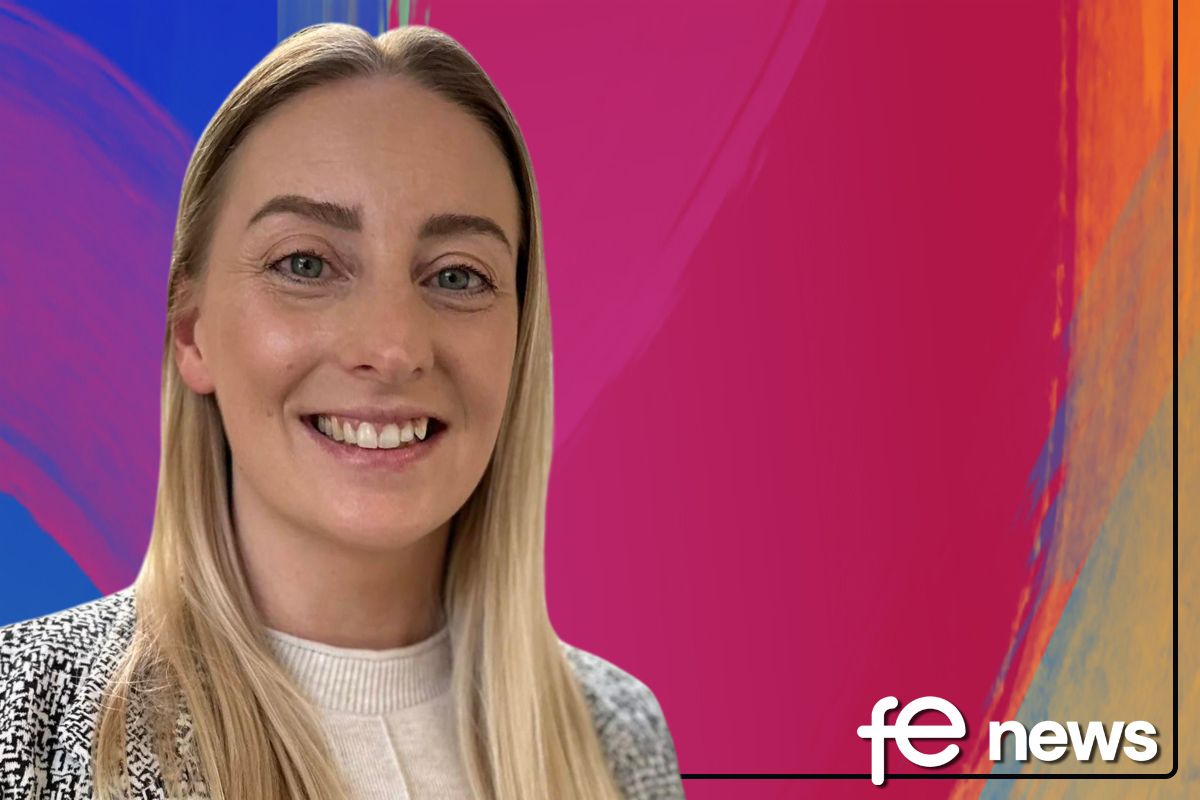
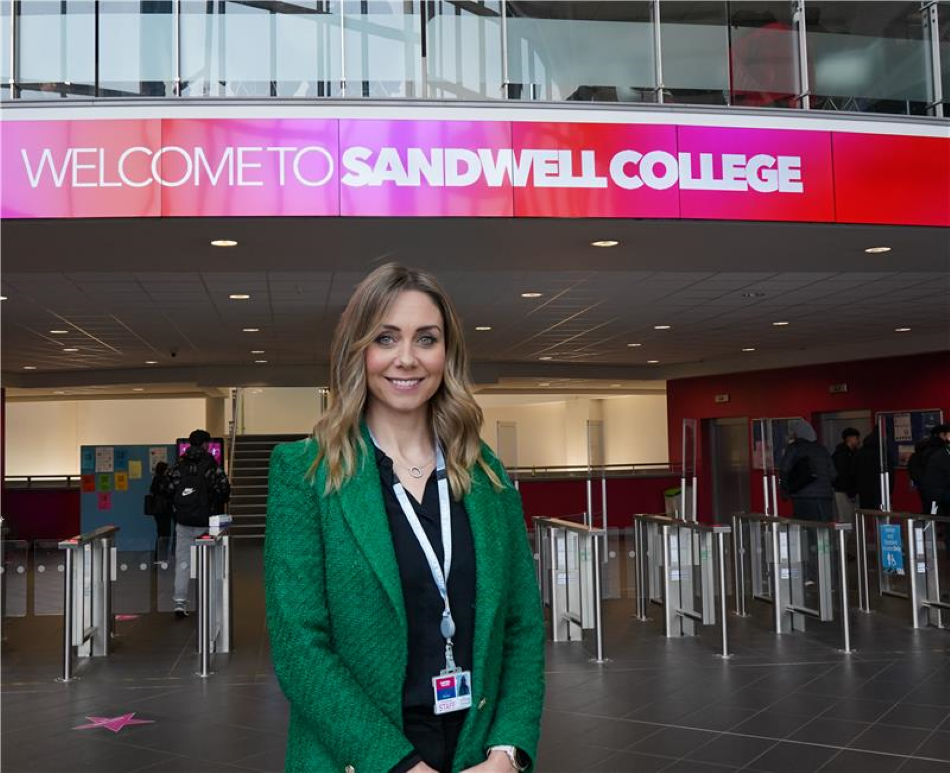


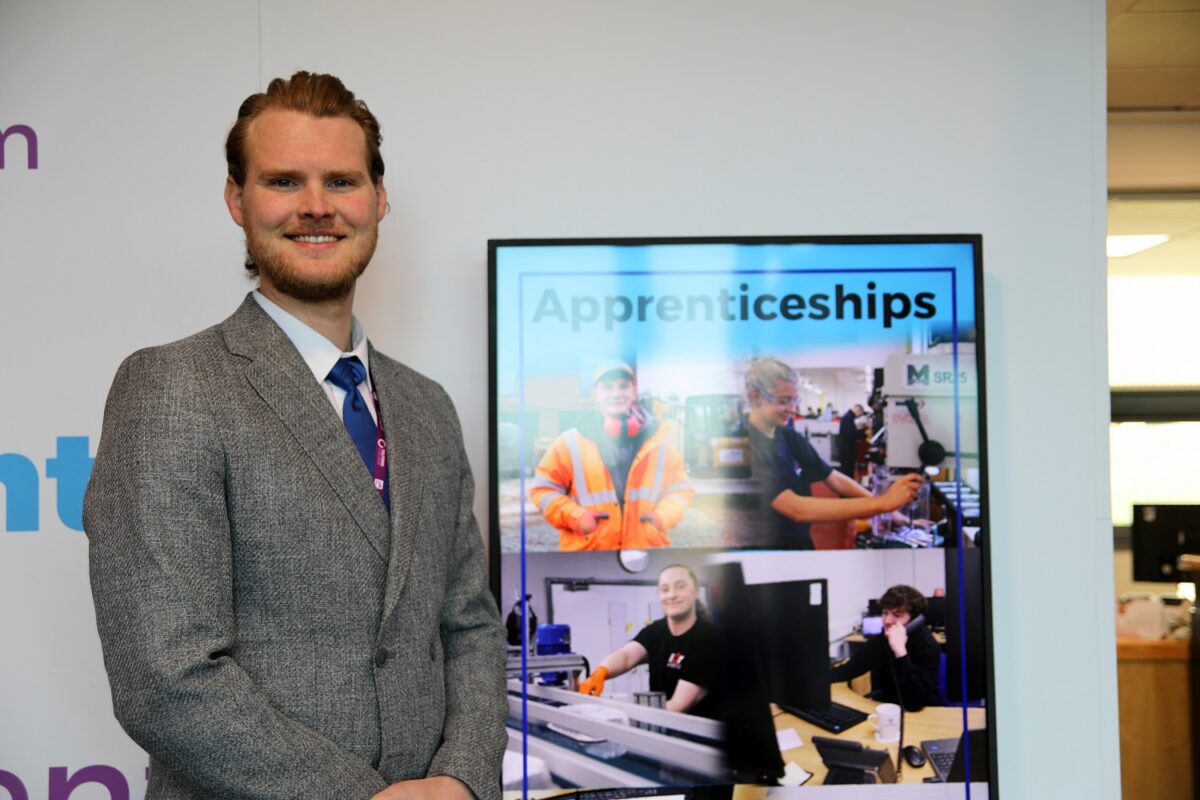
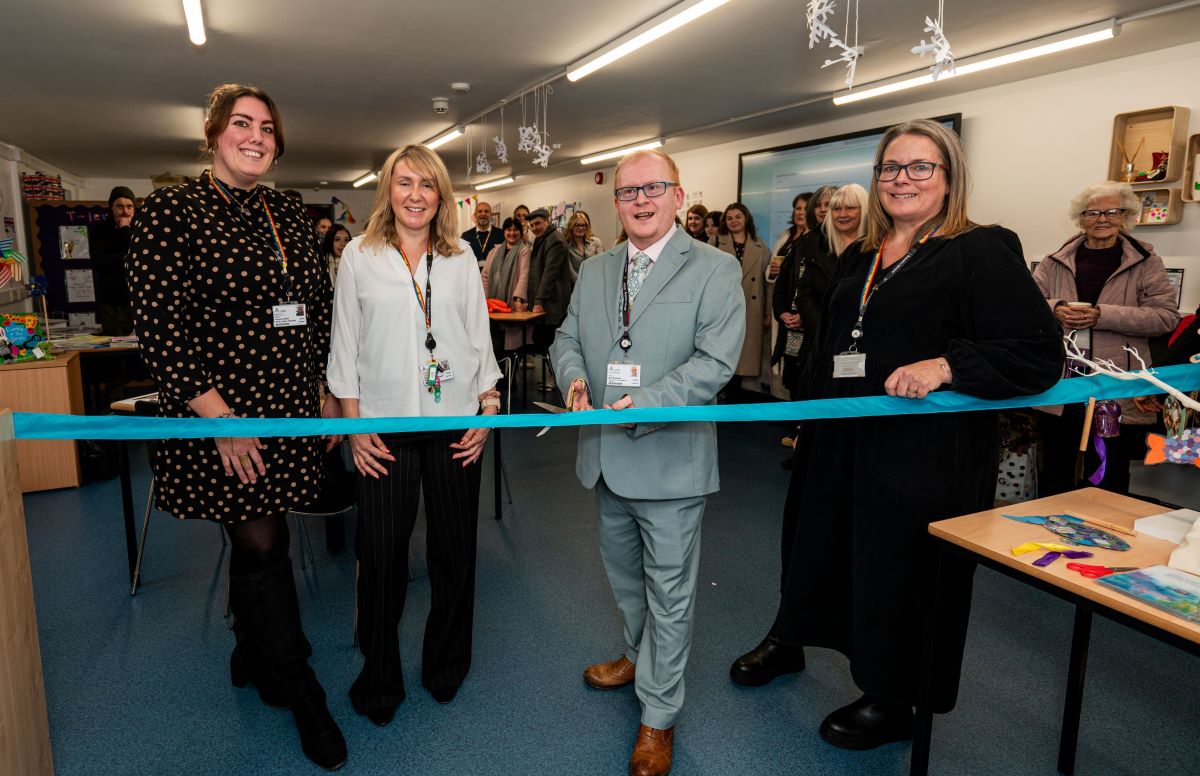
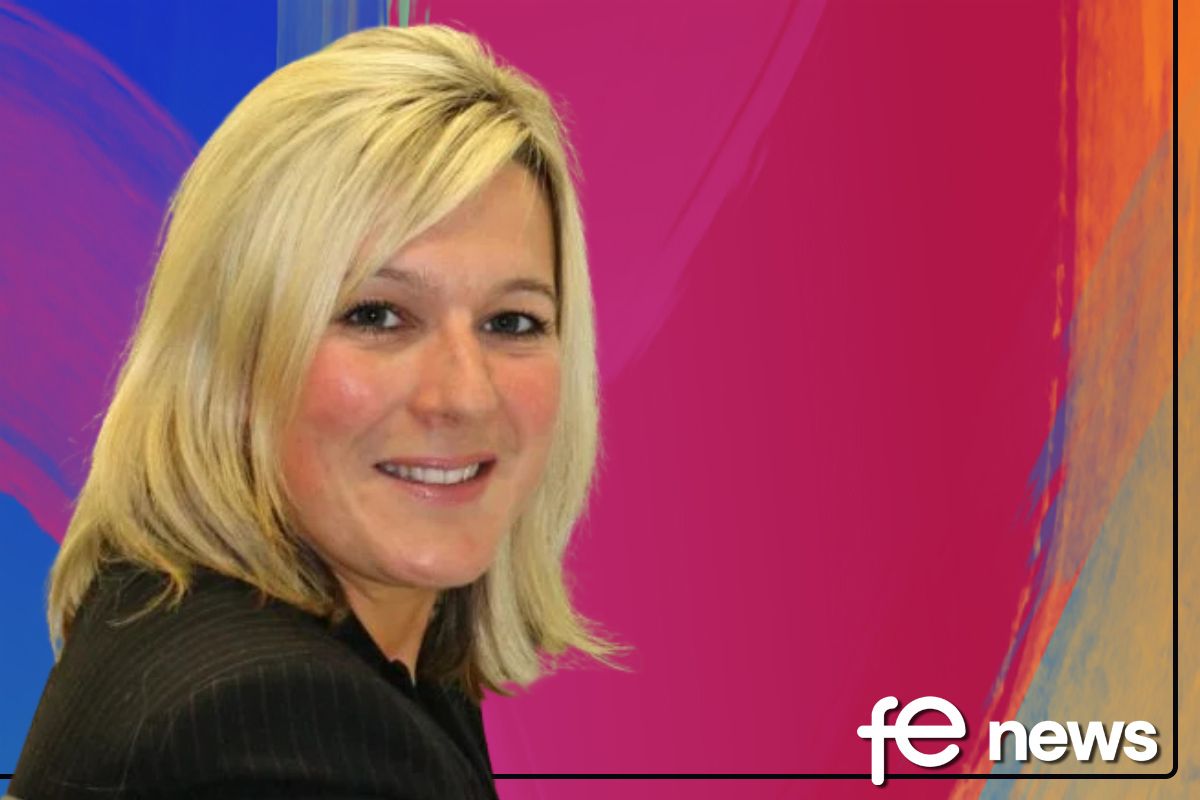

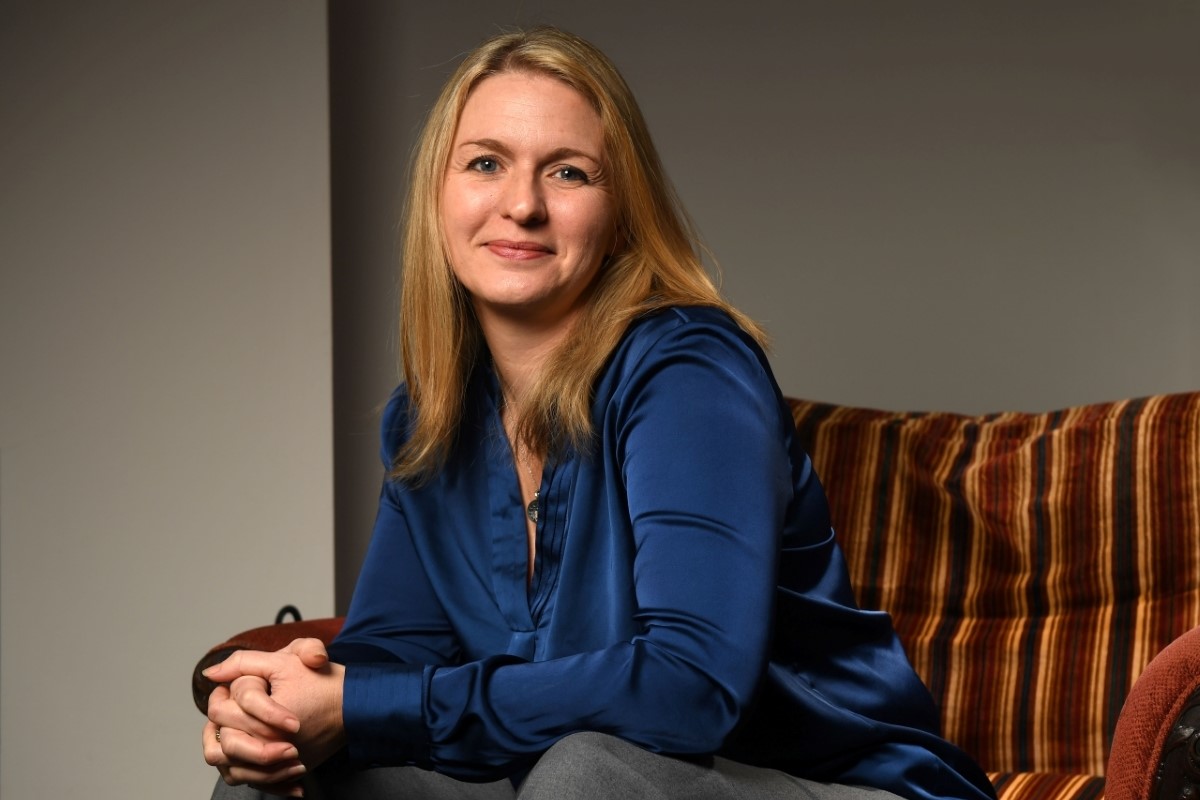

Responses